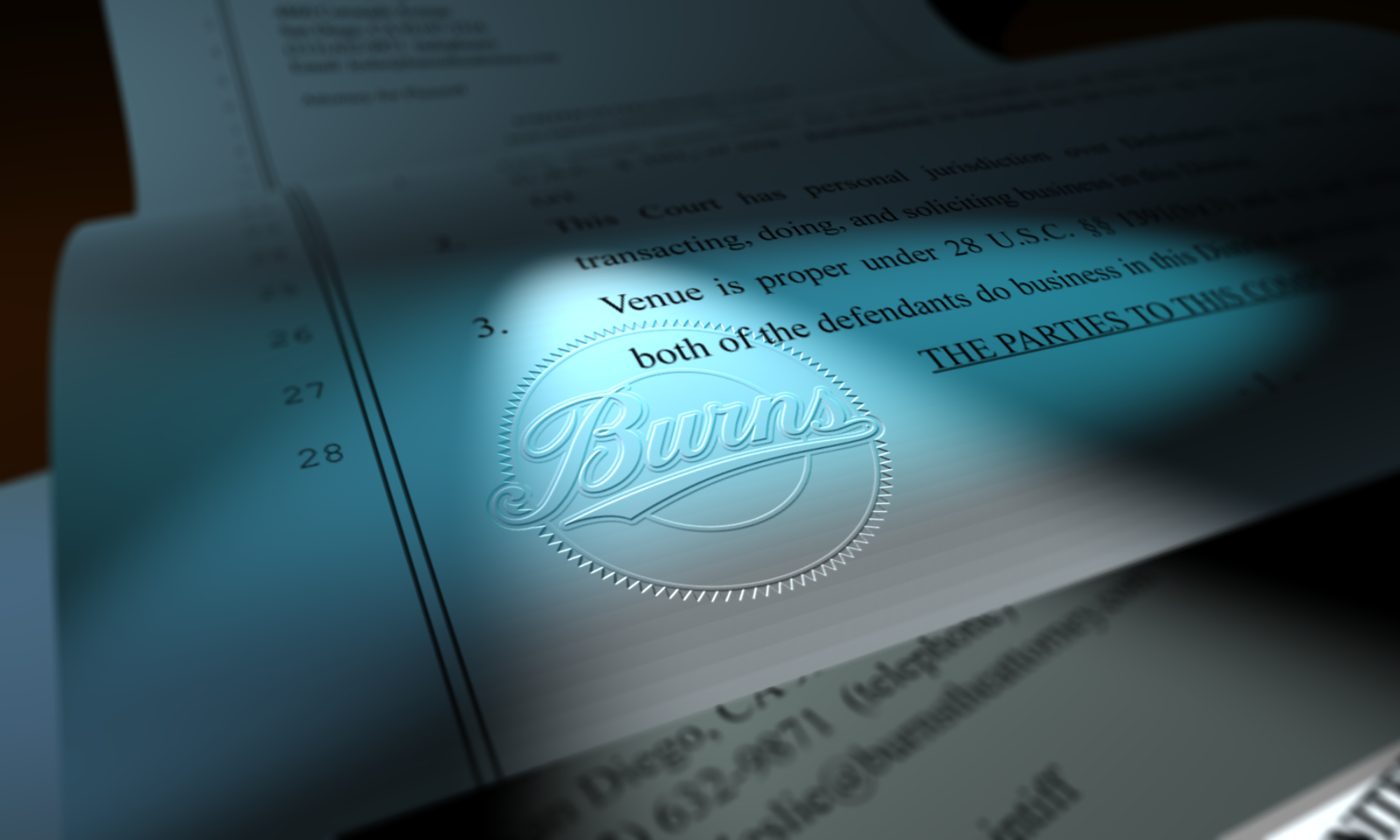One of the arguments I often hear made for weaker copyrights and lower licensing fees is that new industry will be stifled if the artist gets paid a fair (to the artist) rate. This line of reasoning has been bugging me more and more. The innovation-based companies have investment money that is to be spent developing the product and licensing is just one part of those costs.
Moreover, there is a certain hypocrisy to the whole “innovation needs artists to bend over financially because they are innovating and that will improve the economy” line of thought. They improve the economy by producing something of value. Okay, I get that, but so do artists and, I’d argue, with a better payoff on average.
Besides, new tech innovates anyway and those innovators would do that work even if they weren’t getting paid, right? I mean, innovators gotta innovate! Just like artists gotta create! That is what we humans do–we make stuff and do stuff we love; and then we try to find some way to pay the bills.
But what those innovators do get that artists don’t is venture capital by the truckloads, so they are paid to innovate. Paid to do what they love.
I don’t begrudge them that, but let’s look at the reality of the hypocrisy here…
- Innovators are driven to innovate because it is just something they are compelled to do. They love writing code, figuring out new things, and challenging the status quo.
- Artists (including musicians, writers, etc.) are driven to create because it is just something they are compelled to do. They love writing music/drawing/painting/making art, figuring out new things and new techniques, and challenging the status quo.
- Innovators would invent new tech even if they didn’t get paid. In fact, many of them create stuff all the time on their own then try to figure out how to monetize it.
- Artists would invent new art even if they didn’t get paid. In fact, many of them create stuff all the time on their own then try to figure out how to monetize it.
- Innovators need money to live.
- Artists need money to live.
- Innovators will work crap jobs while they innovate on their own time.
- Artists will work crap jobs while they create art on their own time.
- Innovator-based companies often do not show a profit for years, if ever.
- Artist-based companies often do not show a profit for years, if ever.
- Rarely, an innovator’s company can get valued at millions of dollars, even though it isn’t “worth” anything.
- Rarely, a work of art can get valued at millions of dollars, even though it isn’t “worth” anything.
See, they are identical… except that venture capitalists throw huge sums of money to the innovators on the bet that they might get that rare hit company that pops out a massively successful IPO and makes a ton of money, regardless of the company’s actual “worth.”
You know what I’d like to see happen? Venture capitalists should start giving huge sums of money to artists (of all kinds) on the bet that they might get that rare hit. Imagine having backed Lady Gaga or Ai Weiwei or Annie Leibovitz before anyone knew who they were. Sure, we’re not talking Google IPO numbers but we are talking a greater investment-payoff ratio.
I’d argue that on average the art created by a $500,000 grant (or hell, even only $250,000) to an artist will have a greater market value than the same amount given to an innovator. By that I mean if 100 artists got that grant each and 100 innovators did, I bet the value in the marketplace for the resulting art would be greater on average than that of the innovator. Also, the VC-types create the market value when they buy the art on the secondary market. Look at how much a Warhol gets today!
So, any VC investors want to take me up on that? I know plenty of artists who I bet would be willing to sell some equity ownership for the right investor.
Of course, that art will only be of value if the innovators don’t force licensing rates of less than a penny per play or $50 a photo, etc. And if that happens, the only artists we’ll have left are Justin Biebers and your half-cousin who “knows Photoshop.”

